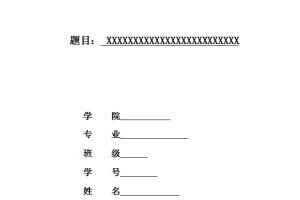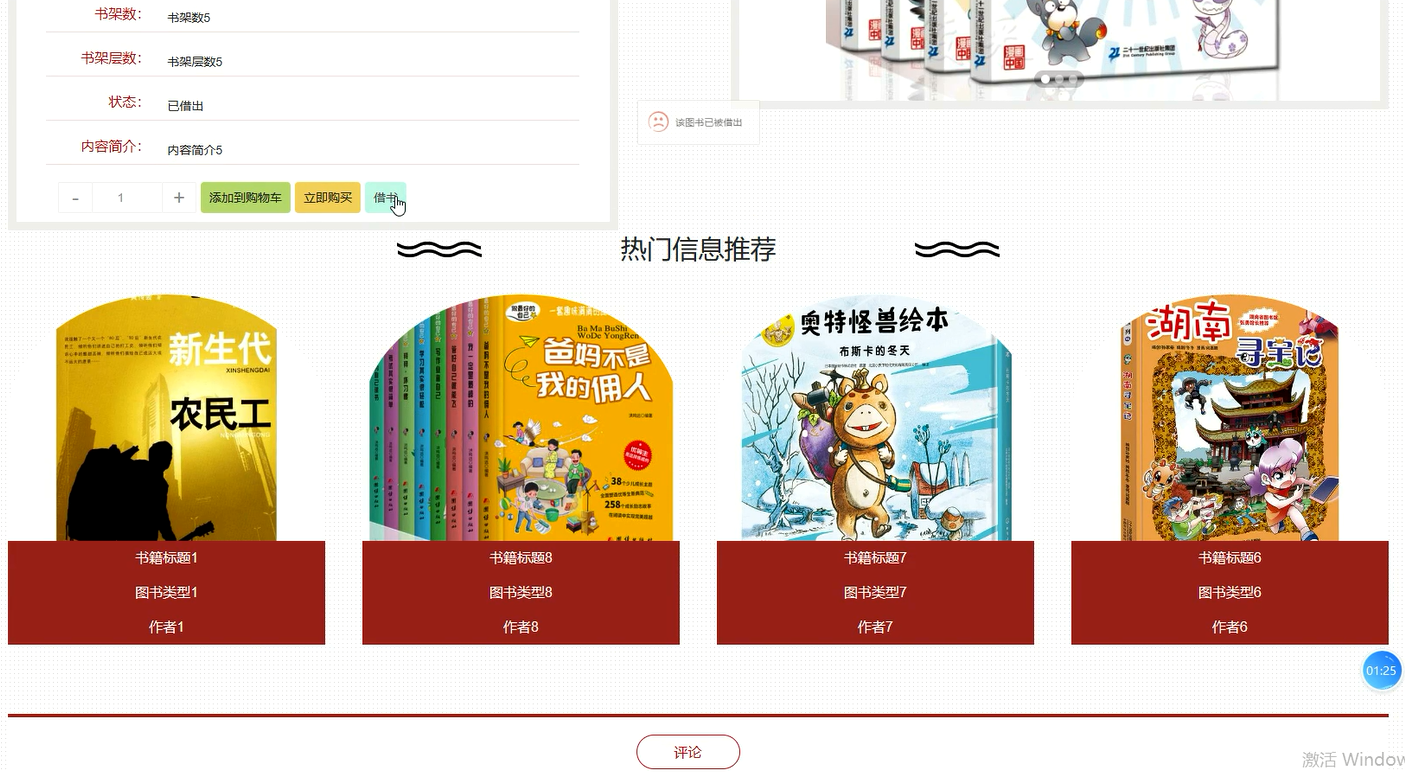录
试析新疆少数民族传统文化符号在服饰中的应用
服饰文化作为人类文化重要组成部分,它的产生与传播是以符号为媒介创造和传承服装的精神功能。人的精神需要和愿望,赋予服装特殊的含义,通过服装的款式、色彩、图案、材质等物质构成要素表达出来。新疆维吾尔族传统服饰自产生以来,除具有身体保护、遮体、审美情感等方面的功用,服装的象征性、标示性等功能也伴随着服装的发展而发展,符号化不仅使服饰文化信息的交流和传递变得更加方便与快捷,也可以比较清楚地了解到它所归属的文化圈和宗教信仰。用符号学的观点从服饰图案、服色等两个方面对新疆世居维吾尔族人的传统服饰进行现象阐述和理论分析,特别针对新疆维吾尔成年人的传统服装。主要撷取其最具代表性的传统服装样式,从服饰具体呈现方式入手,分析新疆维吾尔族是如何借助服饰要素传达对生活的认知与体验的,以及服饰背后所包含的族群生存方式,族群文化内涵等方面的解读,以便更好掌握服饰的设计构成和表现方式。
关键词:传统文化;文化符号;服饰;应用
Abstract
Clothing culture as the component of human culture, its generation and propagation is a symbol for media creation and inheritance of the mental function of clothing. People’s spiritual needs and desires, clothing given special meaning, through the clothing style, color, pattern, material and other material components express. Xinjiang Uygur traditional dress have since, in addition to having physical protection, covering its body, aesthetic emotion and other aspects of the function, clothing symbolic, mark and other functions are also accompanied by clothing development, symbolic not only makes the costumes and cultural information exchange and transmission become more convenient and fast, can more clearly understand the it belongs to the cultural and religious beliefs. Using Semiotic Perspectives from the clothing pattern, clothing color in two aspects such as the Xinjiang native Uighur traditional dress phenomena described and theoretical analysis, especially for the Xinjiang Uygur adults in traditional clothing. Is to capture the most representative traditional clothing styles, from the costumes specific means proceed with, analysis of how Xinjiang Uygur dress elements cognition about life and experience, as well as clothing behind contains ethnic survival way, ethnic culture and other aspects of the analysis, in order to better grasp the clothing design and performance.
Key words: traditional culture; cultural symbol; clothing; application





